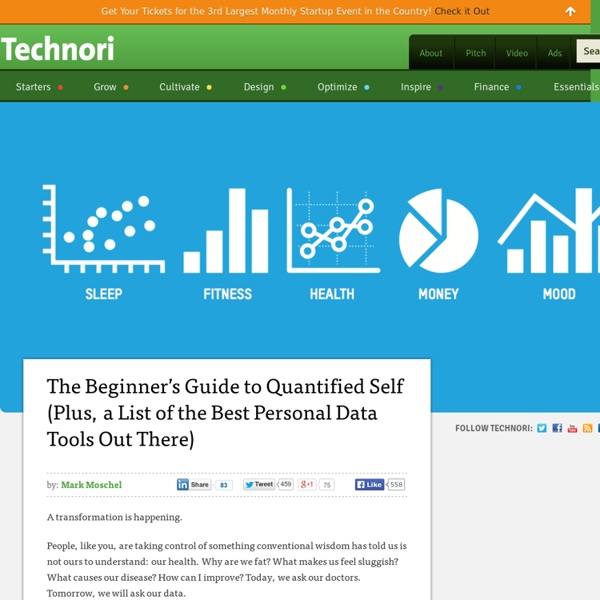Quantified Self: The Ultimate Beginner's Guideand List of the Best Personal Data Tools Out There)

Quantified Self | Self Knowledge Through NumbersQuantified Self | Self Knowledge Through Numbers
Seth's Blog
'Female Schindler' who saved 2,500 Jewish children, has died aged 98
By Richard Pendlebury Updated: 12:21 GMT, 22 May 2008 She smuggled out the children in suitcases, ambulances, coffins, sewer pipes, rucksacks and, on one occasion, even a tool box. Those old enough to ask knew their saviour only by her codename "Jolanta". But she kept hidden a meticulous record of all their real names and new identities - created to protect the Jewish youngsters from the pursuing Nazis - so they might later be re-united with their families. Her finest hour: Irena Sendler rescued thousands of Jewish children By any measure, Irena Sendler was one of the most remarkable and noble figures to have emerged from the horrors of World War II. When the Germans finally caught her, the Roman Catholic social worker had managed to save 2,500 Jewish babies and toddlers from deportation to the concentration camps. She had spirited them out of the heavily-guarded Jewish ghetto in Warsaw, and hidden their identities in two glass jars buried under an apple tree in her neighbour's garden.
Biohack Yourself | Transcend Your Limits
Adblock Plus - Surf the web without annoying ads!
UpgradeReality.com Awesome People Deserve Awesome Lives
Half A Dozen Hacks For A Thriving Sex Life - Jordan Gray Consulting
Sex is everywhere except in sex in western society. Magazine ads, billboards, and mainstream media shove sex in our faces on a daily basis but it’s still somewhat shameful to discuss sex publicly. As a byproduct of the commercialization of sex to sell soft drinks, deodorant, and video games, the sexual act itself has become increasingly void of depth and passion. The massive success of books like 50 Shades of Grey speaks to an under-sexed culture of people who are looking for intimacy and intensity that they currently aren’t experiencing in their sex lives. Do you ever feel like the spark is gone from your sex life? With a couple of smart tools under your belt, you can start to inhabit your sexual self more deeply, and more truthfully. Here are half a dozen hacks for a thriving sex life… 1. Studies have shown that, early on in a romantic relationship, the greater the amount of time you and your partner spend making eye contact the greater chance of success your relationship has long-term. 2.
Related:
Related:



